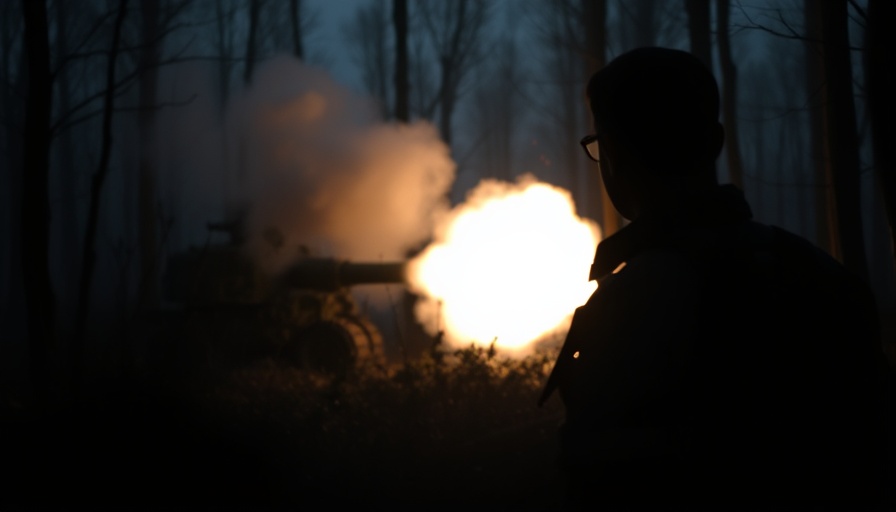
Putin's Easter Truce: A Strategic Move or a Tactic?
In an unexpected announcement, President Vladimir V. Putin of Russia declared a temporary cessation of hostilities, ordering his forces to stop all military activity against Ukraine from Saturday evening through Sunday. The declaration, termed an "Easter truce," comes as the war has been intensifying, with many viewing this move as a strategic maneuver rather than a genuine offer for peace.
Ukraine's Response: A Calculated Defense
Ukrainian President Volodymyr Zelensky responded cautiously. He explained that while Ukraine is open to the idea of a truce, the country would only abide by it if Russia does too. Zelensky's statement highlighted the precarious balance Ukraine must maintain: show a willingness for peace while also not allowing Russia to regroup or strengthen its military presence.
"If Russia is now suddenly ready to truly engage in a format of full and unconditional silence, Ukraine will act accordingly — mirroring Russia’s actions," he stated unequivocally on social media. Zelensky understands the implications of accepting or rejecting the truce, knowing full well how such decisions can affect international perceptions and internal morale.
The Historical Context: A Pattern of Unilateral Ceasefires
Looking back, Russia has a history of declaring ceasefires that often come with ulterior motives. This Easter truce follows a similar pattern from January 2023 when Russia declared a unilateral truce during the Eastern Orthodox Christmas. In both cases, critics argue that the declarations might be more about optics than a real shift towards peace.
Analysts point out that such ceasefires often allow the Russian military to regroup and resupply. The timing is often calculated to appeal to international audiences, as was suggested with the aim to please the Trump administration currently anxious about the ongoing conflict.
Implications for Global Politics: Navigating Alliances
The ramifications of this truce extend beyond Ukraine and Russia's borders. It raises questions about how allies and adversaries perceive the war. The optics of offering a truce might be an attempt by Putin to soften his image and illustrate a willingness for negotiations. However, this could also put immense pressure on Zelensky and his administration as international stakeholders watch closely.
If Zelensky rejects the truce outright, it might appear he is unwilling to pause the violence, thereby risking Western support. Conversely, agreeing to a ceasefire regroups Russia’s forces while Ukraine remains on high alert for further aggression.
Potential Future Scenarios: What Lies Ahead?
The dynamics of this conflict seem poised for further volatility. If Russia's truce leads to a reorganization of its military forces, analysts warn that it could result in a more aggressive stance post-truce. History has shown that ceasefires can sometimes precede periods of heightened conflict.
On the other hand, should this truce pave the way for genuine negotiations, it could open the door to a more prolonged pause in hostilities, inviting possibilities for reconciliation. Yet the skepticism surrounding Putin’s intentions remains a heavy cloud over any prospects for lasting peace.
Conclusion: Eyes on Ukraine
As the situation unfolds, all eyes are on Ukraine and its leaders to see how they navigate the treacherous terrain of diplomacy against the backdrop of an ongoing war. Questions abound: Will Zelensky’s response to the truce empower Ukraine's sovereignty, or will it further entrench the conflict? The world watches, awaiting the next move in this intricate game of power, strategy, and human lives.
 Add Row
Add Row  Add
Add 




 Add Row
Add Row  Add
Add 

Write A Comment